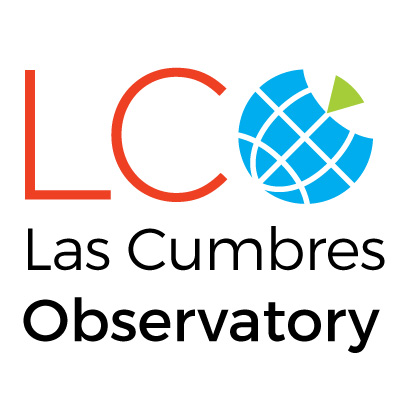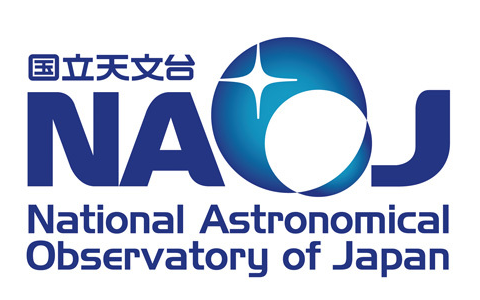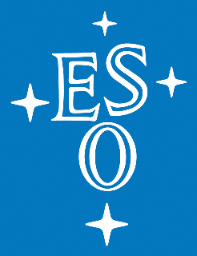The Spanish Dancer has been the set for a spectacular event: it is where we saw a star turn into a supernova (SN2010el) at the end of its life, back in 2010. Also, NASA’s James Webb Space Telescope (JWST) will look at the Dancer and eighteen other galaxies nearby with infrared light!

Astronomers have captured the magnificent NGC 1566 galaxy, nicknamed the “Spanish Dancer”, a grand-design spiral galaxy with two arms winding the galaxy’s core just like a dancer with their arms wide open, twirling on a dance floor – or the greatness of outer space.
Using the Dark Energy Camera at the Cerro Tololo Inter-American Observatory in Chile, a team of astronomers were able to look into the centre of this spiral galaxy, located in the Dorado constellation, some 70 million light-years away from our Earth. It is the brightest galaxy in a collection of around 50 others called the Dorado Group. Galaxy groups are collections of fewer than 50 galaxies, held quite loosely together by the gravitational strength they play on each other.
Astronomers willing to better understand galaxy groups, stars of different ages and black holes located in galaxies often study the Spanish Dancer. The ‘Dancer’ is filled with stars in all stages of their life cycle and has a supermassive black hole right at its heart, so it is an ideal object to study how stars age, for example.
In the image, we see a bright blue colour at the outer parts of the galaxy’s arms. The colour comes from young, very bright stars. We can also see darker spots inside the arms – these are dust lanes. NGC 1566’s arms are rich in gas and, because of that, they are great star nurseries. Almost at the centre of the galaxy, we can see older, cooler stars and large amounts of dust, in a reddish colour.
The picture was taken for the Dark Energy Survey, a research project that is mapping millions of galaxies to discover what dark energy, the ingredient that makes up most of the Universe, really is. The task is quite complex and the project is huge: it involves over 400 scientists in 26 institutions in seven different countries!
Image credit: Dark Energy Survey/DOE/FNAL/DECam/CTIO/NOIRLab/NSF/AURA. Image processing: T.A. Rector (University of Alaska Anchorage/NSF’s NOIRLab), J. Miller (Gemini Observatory/NSF’s NOIRLab), M. Zamani & D. de Martin (NSF’s NOIRLab)


















